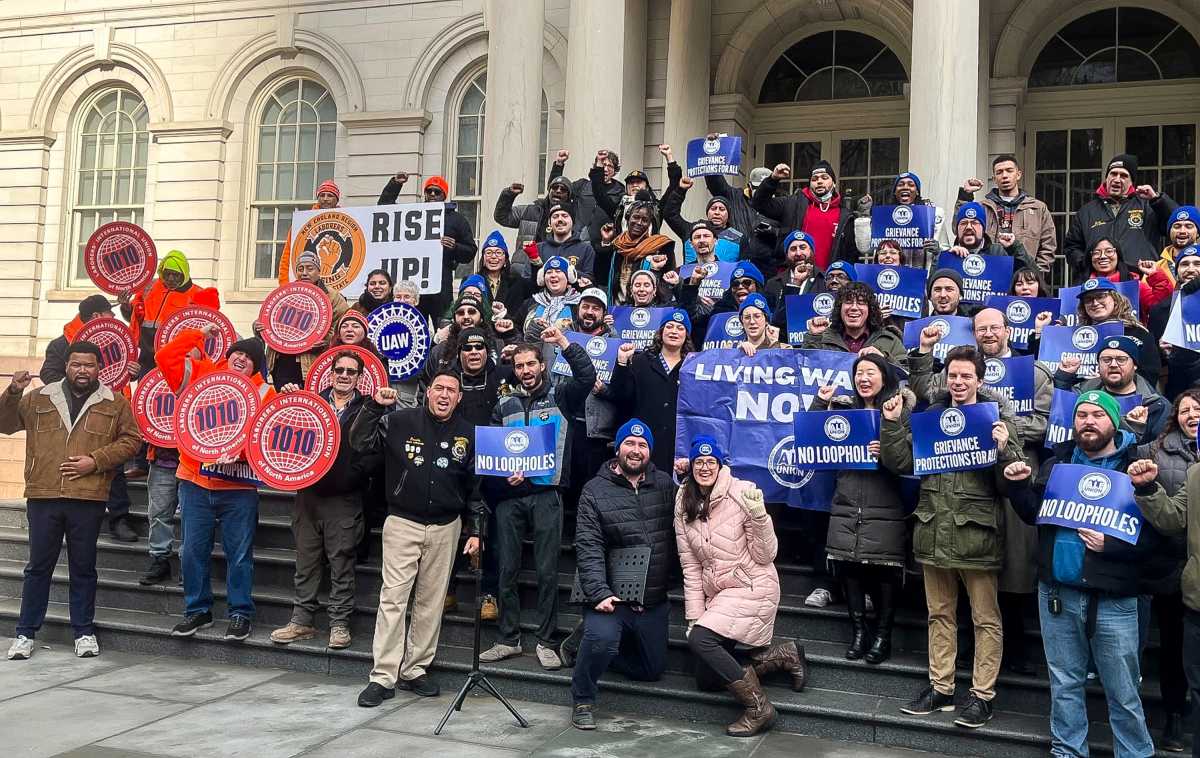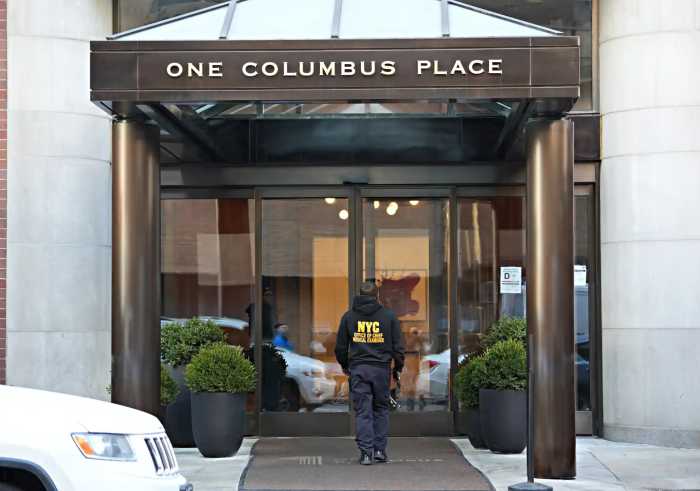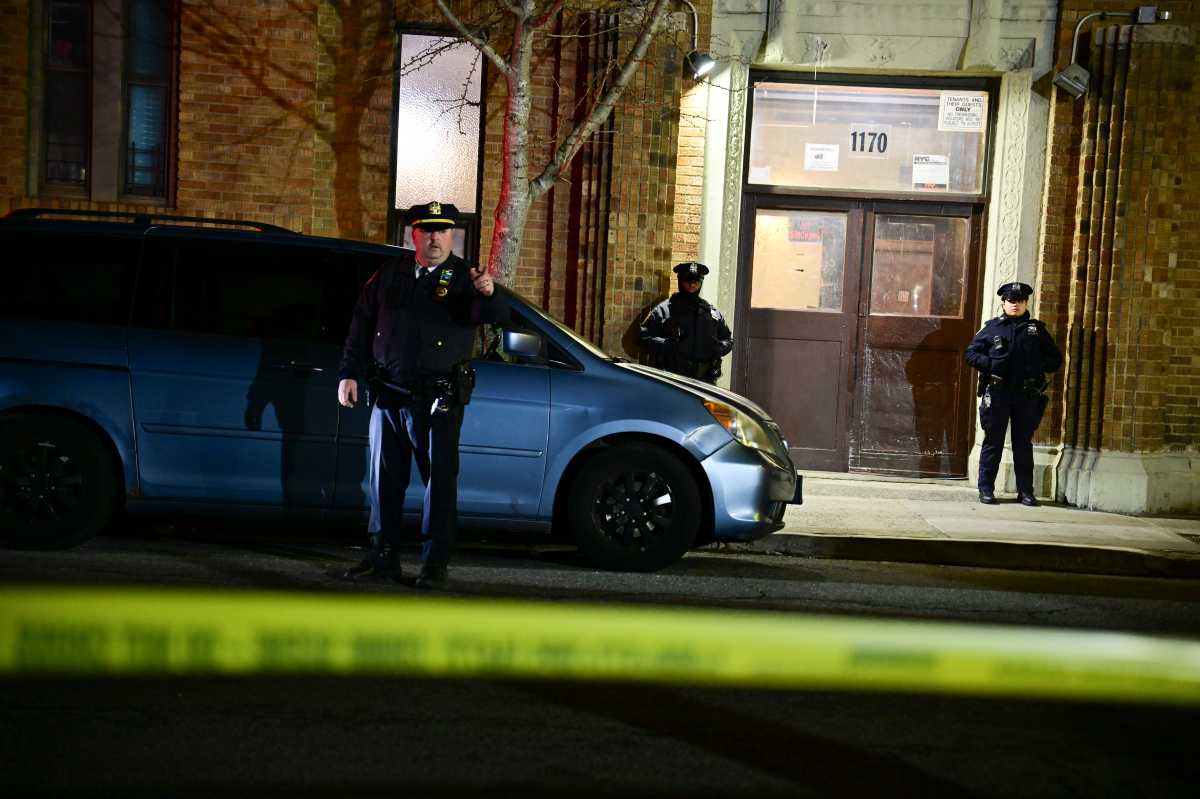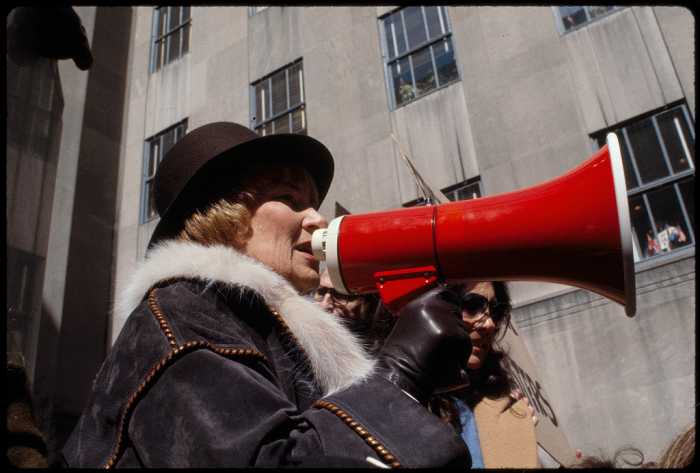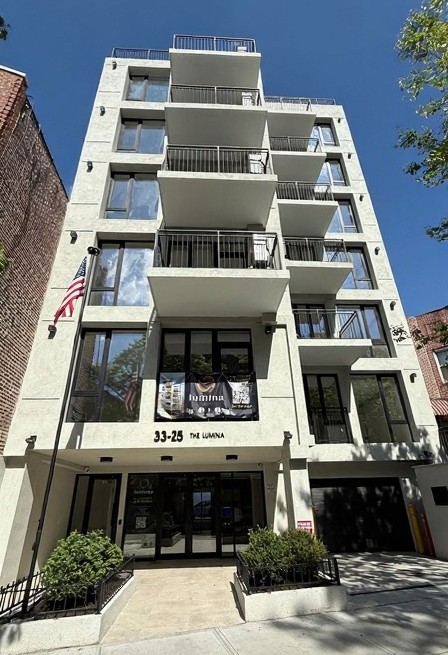 [/media-credit]
[/media-credit]
After already sending one letter to the Mayor objecting to the plan, on Friday a second letter was sent to the City Economic Development Corporation, the sole agency that would be in charge of disposing the property. But the second letter had more than just Stringer’s signature. It also carried the signatures of U.S. Congressman Jerrold Nadler, State Assembly Speaker Sheldon Silver, State Senator Daniel Squadron, State Assemblymember Deborah Glick and City Councilmember Margaret Chin.
The Mayor first announced the plan during his State of the City address on Jan. 12 when discussing ways to finance government initiatives in the coming year.
“For instance, this year we’ll put three city-owned office buildings in Lower Manhattan up for sale,” said Bloomberg. “We expect it will bring more than $100 million next year for our capital budget, $100 million in private sector tax revenue and cost savings over the next 20 years by converting public buildings to private buildings and it will bring new jobs and housing for the downtown community.”
At a press conference held the following day in front of 49-51 Chambers, one of the three buildings up for sale, Stringer was joined by members of Community Board 1 and other Downtown stakeholders, to announce his own plan to block the deal.
“I applaud the mayor for finding new ways to consolidate and streamline government operations,” said the Borough President. “But there must be a smarter approach than a one-shot deal – which is a hasty and imprudent way of solving budget shortfalls.”
Stringer pointed to the City Charter, specifically to a section that states that the approval of the Borough Board, which Stringer chairs, is required for the plan to go through and the buildings to be sold. Stringer vowed to use the charter as means to block the sale of the buildings and, moreover, to ensure a public comment period.
“We need to consider what public benefit these properties can provide,” said Stringer. “City land is valuable and is an increasingly spare resource.”
The three buildings, 22 Reade, 49-51 Chambers and 346 Broadway, total 669,000 square feet and include city agency offices such as the Board of Corrections, City Planning, the Dept. of Education as well as the office of Community Board 1.
The elected officials’ major concern is the possible loss of public property that could be reused to accommodate the growing residential population in Lower Manhattan. The neighborhood has remained the fastest growing residential neighborhood in the city for three years and every year the need for additional schools seats to accompany the boom has been a major issue. Another issue resulting from the population increase is a need for affordable housing.
“As Lower Manhattan has grown we’ve had increasing need and shrinking availability of locations for the schools and affordable housing [the neighborhood needs],” said Senator Squadron. “Consolidation of city operations and reuse of these buildings provide a unique opportunity that must be realized.”
Assemblymember Glick added, “City owned or state owned property is actually owned by the people and these properties must address the needs of the community.”
The coalition of elected officials, in their letter last week to the E.D.C., requested a meeting to discuss the planned sale and the need for an “articulated public benefit” to the neighborhood. As of Tuesday the Borough President’s office had yet to receive a response from either the E.D.C. or the Mayor’s office.
Possible school space
Eric Greenleaf, a business professor at New York University and a member of Speaker Silver’s School Overcrowding Task Force, has long been a source of information in the argument for more schools in Lower Manhattan. He joined Stringer at the press conference and voiced his opinion on the Mayor’s proposed plan.
“We need to be thinking about the long term,” said Greenleaf. “Once you’ve sold off a building it’s gone and it’s so hard to find a good building site Downtown for a school.”
Greenleaf noted that it took over a year to find a suitable site for Downtown’s newest school, Peck Slip Elementary and that fate also played a role in that, noting it was the United States Post Office’s decision to sell the building that made the new school a reality.
For Greenleaf and many other education advocates in Lower Manhattan, the selling the three buildings could mean a lost opportunity in possibly identifying another site for a new school.
“I think we have to take a closer look to see if they would be good sites,” said Greenleaf. One of the buildings, 49-51 Chambers, in Greenleaf’s mind, is a definite contender.
“It has a high ceiling on the bottom floor that might be appropriate as a gym space or for an auditorium,” said Greenleaf. “Those are the two big spaces you need at any school.”





